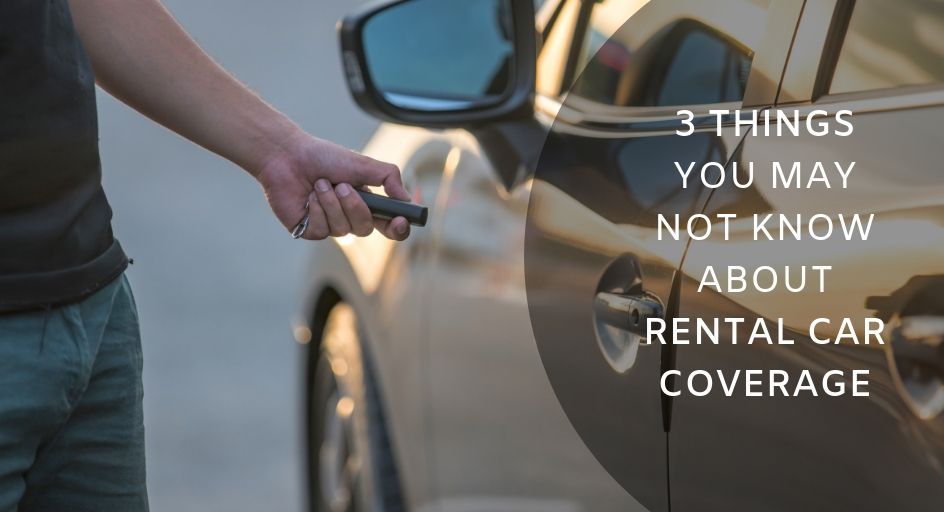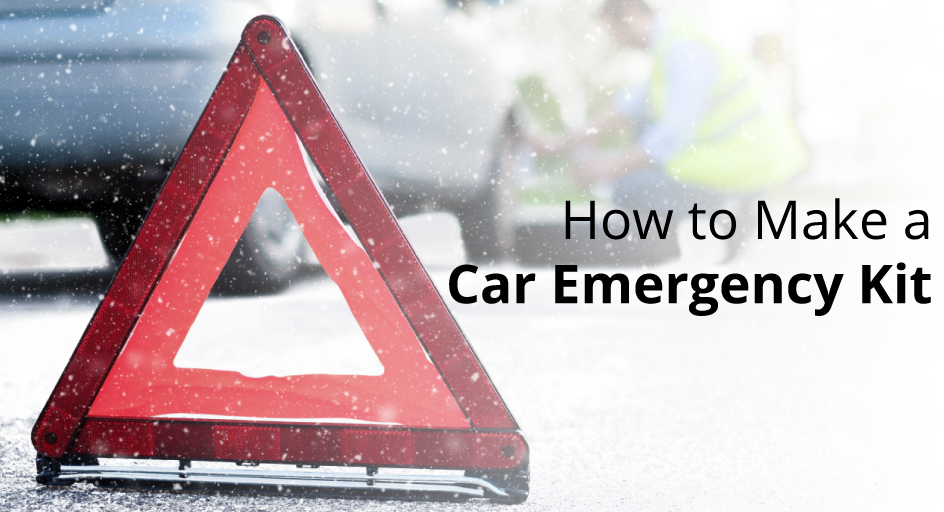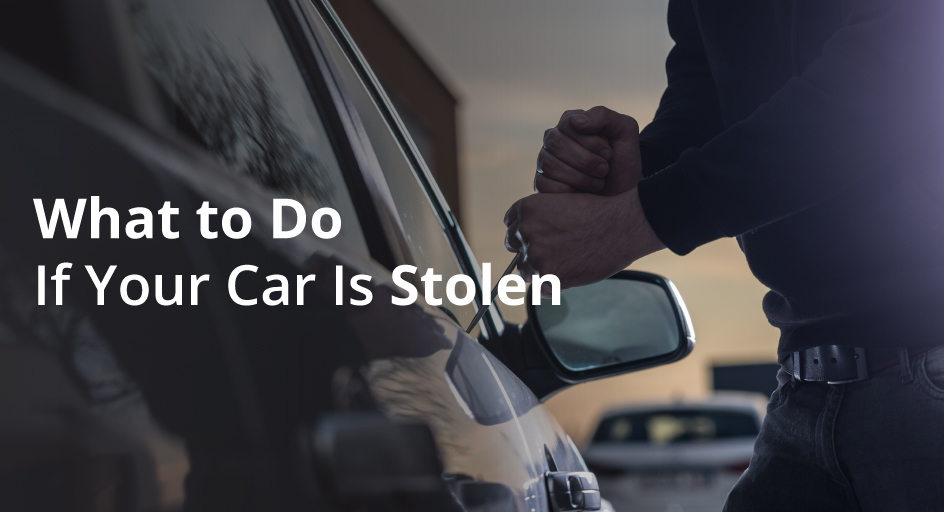Experiencing a car accident is stressful enough on its own. Add to that the possibility of medical bills, car repair bills, and the cost of renting a vehicle while yours is in the shop, and you’ll definitely feel overwhelmed. However, with rental car assistance or reimbursement, you may not have to worry too much about the latter. Here are 5 things you need to know about getting a rental car after an accident.
It’s Not a Guarantee
Your ability to get a rental vehicle while yours undergoes repairs depends on a few different factors. First, do you even have this add-on in your policy? The add on that allows you to get coverage for a rental vehicle after an accident is called rental reimbursement coverage, and as an optional coverage, it is not automatically included in your auto insurance. However just because it’s optional does not mean you should go without it.
Second, who was at fault for the accident? If it was deemed to be you, see the paragraph above. If you are not at fault, you will be dealing with the other driver’s insurance provider to handle the claim. The other driver’s insurance provider should give you a rental car that is comparable to the one that was damaged in the accident.
The Loss Must Be a Covered Loss
Rental reimbursement coverage cannot be used if your vehicle is in the shop for routine maintenance or any cosmetic work such as paint or other voluntary modifications. Even if it is in the shop for a few days, you cannot apply for rental reimbursement coverage in this instance. You also cannot utilize the coverage if you are taking a trip and renting a vehicle – unless you are renting a vehicle because your own is being repaired after an accident. As long as the loss is being covered by your auto insurance, you are free to use your rental reimbursement coverage.
It’s Not as Expensive as You Think
Car rental company Enterprise reported that the average American drives 3-4 different places per day, and the average length of time for a vehicle repair is two weeks. Renting a vehicle can cost upwards of $300 a week, depending on the size. However, a year of rental reimbursement coverage usually costs less than a single day of a rental car payment. Although there are limits, in the long run the benefits truly outweigh the costs.






